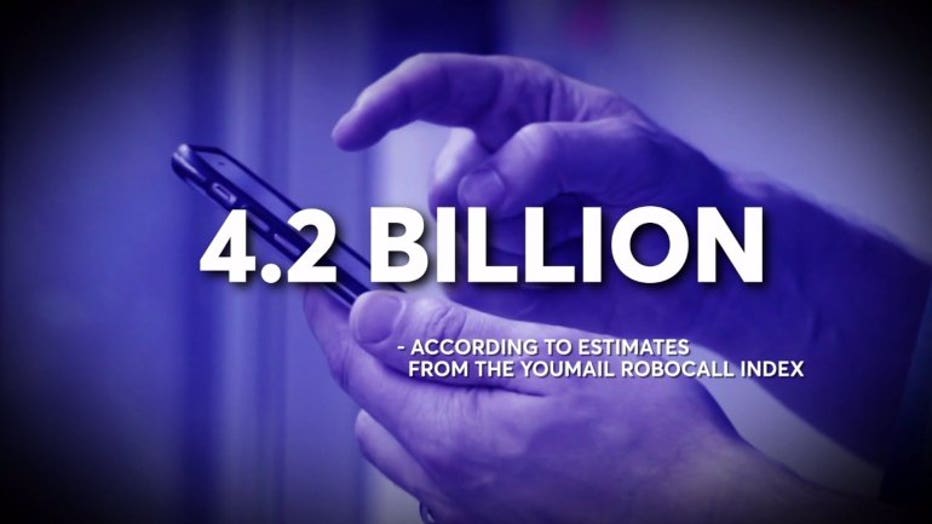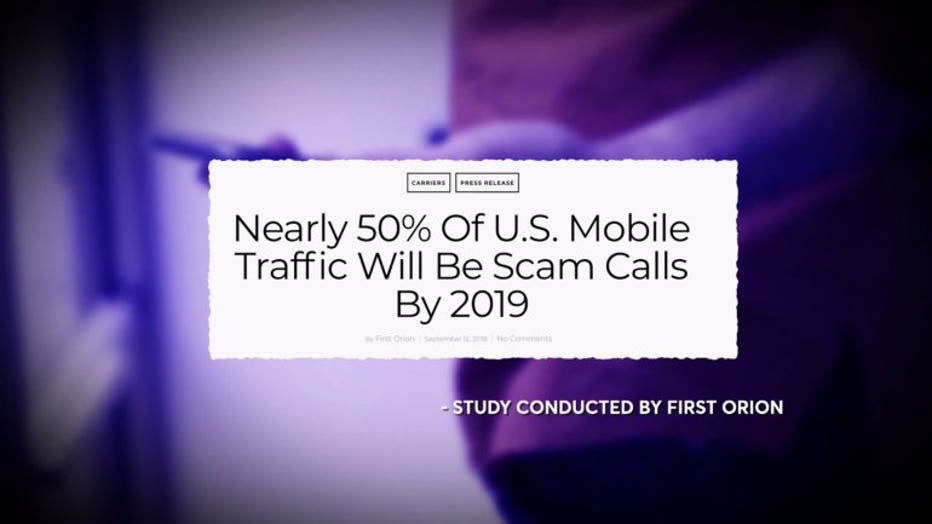New way to fight robocalls
In August, consumers received more than 4.2 billion robocalls. Many came from scammers trying to trick consumers out of money. They usually offer some sort of product and ask consumers to either wire money from a bank account into their
account or go to a store, pick up a preloaded credit card, and send them money that way.

According to a study, scam calls will account for nearly half of all mobile calls by
2019. A lot of these calls come from the same area code as your phone so you
might assume it’s a friend or someone you know and answer it. But it’s a common
tactic called “spoofing.” That’s when robocallers disguise their number to look like
one that comes from your local area.

There’s a new technology with a strange name that could help. Shaken and stirred
technology is promising, something that’s being developed by the phone providers
as a way to sift out spoofed calls. Still, it could be years before consumers see the
benefits of the new tech.
In the meantime, here’s what you can do:
List your phone number with the national Do Not Call Registry, ask your phone
company whether it offers an advanced robocall-blocking service, and consider a
call-blocking app. Nomorobo, Hiya, and PrivacyStar all offer call-protection
options.
Another way consumers can fight back is to report robocalls to the Federal Trade
Commission. Just write down the number and enter it on the FTC’s Do Not Call
list.

All Consumer Reports material Copyright 2018 Consumer Reports, Inc. ALL RIGHTS RESERVED. Consumer Reports is a not-for-profit organization which accepts no advertising. It has no commercial relationship with any advertiser or sponsor on this site. For more information visit consumerreports.org.

